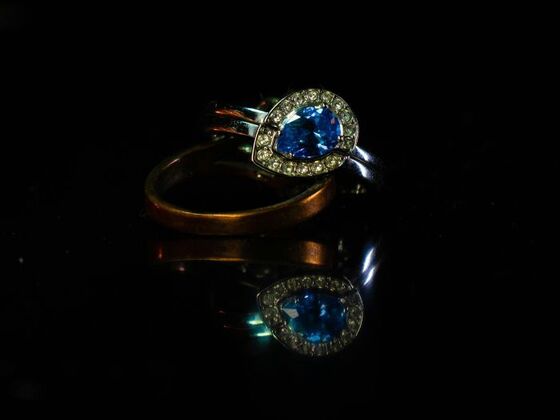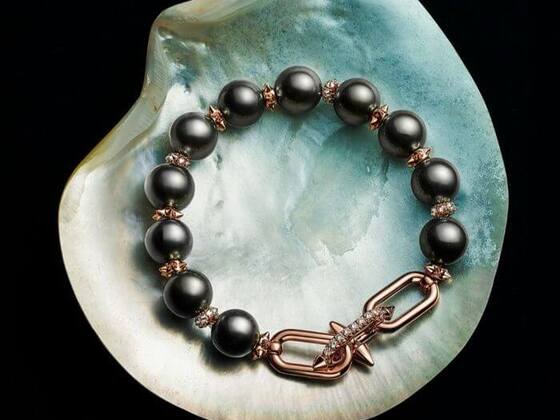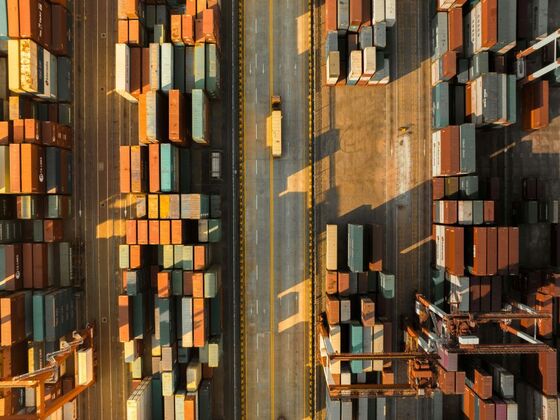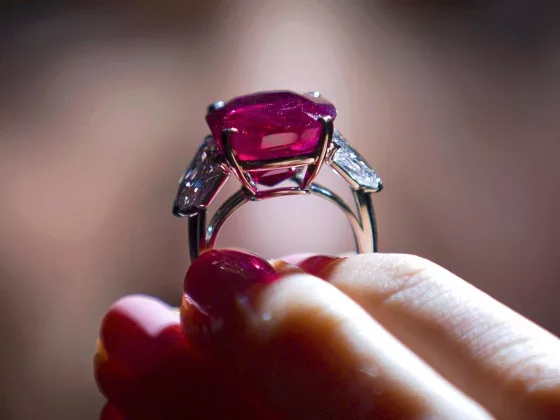Diamond Price Per Carat: What Factors Affect Value
Diamonds are prized for their beauty, rarity, and enduring value, but their price per carat can vary dramatically. Understanding what drives these price differences is essential for anyone purchasing or investing in diamonds. Below, we break down the key factors that influence the value of a diamond per carat.
The Four Cs: The Foundation of Diamond Pricing
When it comes to diamonds, the “Four Cs” are the universal language for describing quality and value. These are:
1. Carat Weight
Carat refers to the weight of the diamond, not its size. One carat equals 0.2 grams, about the weight of a paperclip. While it’s tempting to think that a two-carat diamond should cost twice as much as a one-carat stone, the reality is more dramatic. Larger diamonds are much rarer in nature, so the price per carat increases exponentially with size. For example, a flawless one-carat diamond might cost $6,000 per carat, while a two-carat diamond of similar quality could be $15,000 per carat or more.
2. Cut Quality
The cut is often considered the most critical factor in a diamond’s beauty. It refers to how well the diamond has been shaped and faceted, influencing how brilliantly it sparkles. A well-cut diamond reflects light beautifully, creating that signature “fire” and “scintillation.” Cut grades range from Excellent to Poor; even a diamond with perfect colour and clarity will look dull if it’s poorly cut. Expect to pay a premium for stones with Excellent or Ideal cut grades.
3. Colour
Diamonds come in a spectrum of colours, but the most valuable are those that are completely colourless. The GIA colour scale runs from D (colourless) to Z (noticeable yellow or brown tint). Colourless diamonds are rare and fetch higher prices. However, there’s an exception: naturally colored “fancy” diamonds, like vivid blues, pinks, or canary yellows, are incredibly rare and can command astronomical prices, sometimes even more than colourless stones.
4. Clarity
Clarity measures the presence of internal inclusions (tiny crystals or fractures) and external blemishes. The fewer the imperfections, the higher the clarity grade and the price. Grades range from Flawless (no inclusions visible under 10x magnification) to Included (inclusions visible to the naked eye). Flawless diamonds are exceptionally rare, making them especially valuable for collectors and investors.
Beyond the Four Cs: Other Factors That Influence Diamond Price Per Carat
While the Four Cs form the foundation, several other elements can play a significant role in determining a diamond’s price per carat:
The shape of a diamond
The shape of a diamond, round, princess, cushion, oval, emerald, and more, affects its appearance and price. Round brilliant cuts are the most popular and typically expensive, partly due to higher demand and more rough diamond wastage during cutting. Fancy shapes like pear, marquise, or heart may offer better value per carat, but their prices can fluctuate with trends and consumer preferences.
Certification
A diamond’s certification, or grading report, acts as its passport. Stones certified by reputable laboratories like the Gemological Institute of America (GIA) or the American Gem Society (AGS) are trusted for accuracy. Certified diamonds generally command higher prices, as buyers have confidence in the stone’s stated quality.
Market Demand and Rarity
Like any luxury good, diamond prices are influenced by supply and demand. Economic trends, cultural shifts (such as the popularity of lab-grown diamonds), and even celebrity engagement rings can sway the market. For example, a sudden surge in demand for oval-shaped diamonds can temporarily increase prices.
Brand and Designer Influence
Diamonds set in jewellery from prestigious brands-think Tiffany & Co., Cartier, or Harry Winston-often carry a significant premium. The brand’s reputation for craftsmanship, exclusivity, and history adds intangible value to the stone.
Natural vs. Lab-Grown Diamonds
Lab-grown diamonds are chemically and physically identical to natural diamonds but are created in controlled environments. They usually cost 30–50% less than natural diamonds of similar quality. While natural diamonds are valued for their rarity and history, lab-grown stones are gaining popularity for their affordability and ethical sourcing.
To dive deeper into the fascinating world of diamonds and understand the key differences between natural and lab-grown stones, explore our comprehensive Lab-Grown vs. Natural Diamonds: Ultimate 2025 Buyer’s Guide. This in-depth resource will help you navigate the pros and cons of each type, so you can make a confident, informed choice that perfectly suits your style, values, and budget.
Real-World Example: How the Factors Combine
Imagine two diamonds, both weighing exactly 1 carat. The first is a round, D colour, flawless clarity, Excellent cut, GIA-certified stone from a renowned jeweller. The second is a cushion cut, H colour, VS2 clarity, Good cut, uncertified. The first diamond could cost over $15,000 per carat, while the second might be priced under $4,000 per carat. This dramatic difference highlights how each factor alone and in combination affects value.
Key Factors Affecting Diamond Price Per Carat
| Factor | Impact on Price Per Carat |
| Carat Weight | Larger stones = exponentially higher price per carat |
| Cut Quality | Superior cut = more brilliance and a higher price |
| Colour | Colourless or rare fancy colours = higher price |
| Clarity | Fewer inclusions/blemishes = higher price |
| Shape | Round cuts usually cost more; fancy shapes can vary |
| Certification | GIA/major lab certification increases value |
| Market Demand | High demand/low supply = higher prices |
| Brand/Designer | Prestigious brands add significant value |
| Origin | Natural diamonds are valued higher than lab-grown ones |
Conclusion: Making an Informed Diamond Purchase
Buying a diamond is both an emotional and financial investment. The diamond price per carat is determined by a complex interplay of the four Cs, shape, certification, market trends, brand reputation, and whether the diamond is natural or lab-grown. By understanding these factors, you can confidently navigate the dazzling world of diamonds, ensuring you get the best value, whether shopping for a timeless engagement ring or a sparkling addition to your jewellery collection.
Remember, the perfect diamond isn’t just about size or price-it’s about finding a stone that speaks to you and suits your style while fitting your budget. Happy diamond hunting!
References
- i-diamants.com (2025). What are the factors that determine the price of diamonds?
- Queensmith (2025). Determining Diamond Price, Cost & Value
- McCambridge, Tom (22 June 2023). The Relationship Between Diamond Carat and Price
- Fried, Mike (6 May 2025). Diamond Prices: A Complete Guide
- Collingwood The Jeweller (2025). Understanding the Factors that Influence Diamond Pricing
- diamondbanc (2025). 6 Factors That Impact the Value of Your Diamond Jewelry
- Evara Diamonds (2025). Why Diamonds Remain a Smart Investment in 2025
- Simpson, Gary (27 July 2023). Diamond Price Per Carat: Your Essential Guide to Value
- Rego, Stephen (12 March 2025). 5 Factors That Will Impact the Diamond Industry in 2025



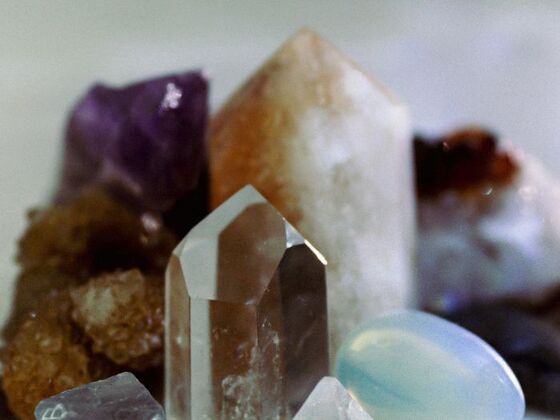
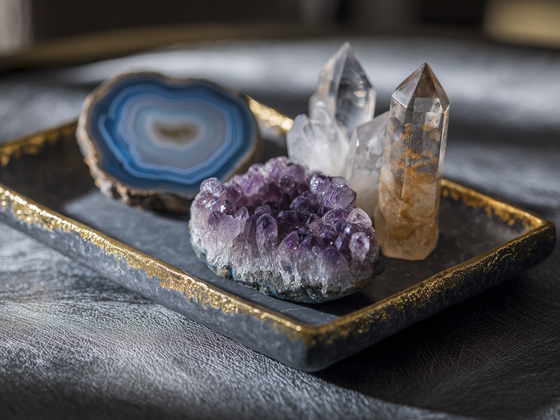
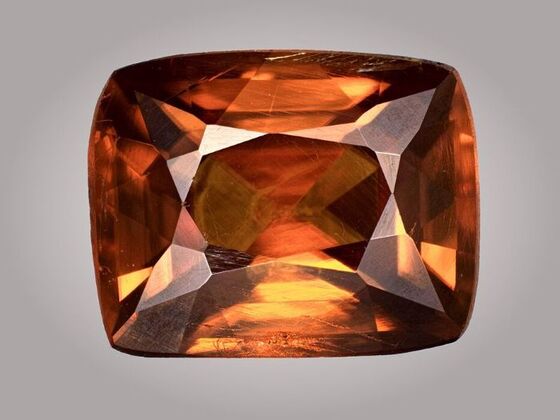
![Pigment analysis of Raphael's masterpiece[7][8] reveals the usual pigments of the renaissance period such as malachite mixed with orpiment in the green drapery on top of the painting, natural ultramarine mixed with lead white in the blue robe of Madonna and a mixture of lead-tin-yellow, vermilion and lead white in the yellow sleeve of St Barbara.](https://gemstonesinsider.com/wp-content/uploads/2025/09/Raphael-Madonna_Sistine_sm-560x420.jpg)
